Written for Underwater Earth | 16 November 2016
Last month we headed to Boulder, Colorado to take fourth-grade students virtual diving for the first time. Using Google Cardboards and Google Expeditions, students swam next to manta rays, snorkeled healthy coral reefs, went cage diving with sharks, and witnessed the effects of climate change resulting in coral bleaching. Student reactions were nothing less than ecstatic with plenty of “ooh’s and ah’s” and shrills of excitement whenever they turned their head in the 360-degree virtual dive. Their responses were contagious.
Inspiring the next generation of ocean stewards needs to begin in the classroom. We need to trigger the same curiosity and appetite for discovery that has existed in ocean exploration for decades. However, all too often, our oceans are left out of curriculum and outside of the classroom. The fundamental importance of the ocean to all life on Earth and the importance of protecting it, is a vital lesson that’s rarely learnt.
In recent years, technology has allowed subjects to come alive and virtual reality is perhaps the best example of this. As it becomes more easily accessible and schools become more and more tech savvy, teachers are able to go beyond the traditional lecture. They can take their students back in time and into the future, around the world - both into space and into the ocean.
Virtual reality enhances ocean education more than almost any other subject. It gives students a glimpse of an underwater world that they may otherwise never get to experience. It quite literally provides a fully immersive encounter with a foreign environment. Through this, rather than simply viewing information in photographs, it facilitates observation and encourages students to make their own conclusions – a fundamental skill in learning.
Developing a virtual reality school education program has been a priority for Underwater Earth. Fortunately, we found the perfect partner to pilot our education initiative in the land-locked education non-profit, Teens4Oceans – based in Boulder, Colorado. Led by scientists, educators, and students, Teens4Oceans provides local youth with the tools and resources to become the next generation of ocean stewards we so desperately need. Now, thanks to the collaboration, virtual reality is at the core of their program as they travel from school to school in their specially converted bus. We hope this is just the start of many such collaborations.
The unfortunate truth is, most people will never see the ocean through a mask and snorkel. Virtual reality is next best thing – we want to bring the same thrill we feel as divers to the world. We plan to continue to use the 600,000 virtual reality images of the ocean we’ve already collected to build education resources - resources that are easily adoptable so that schools can effortlessly integrate ocean education into the classroom. And by doing so, the next generation will further understand the need to study and protect our oceans for all of our futures.


